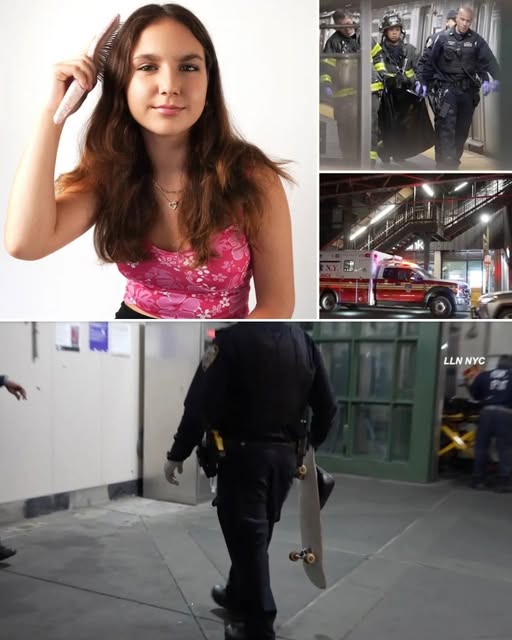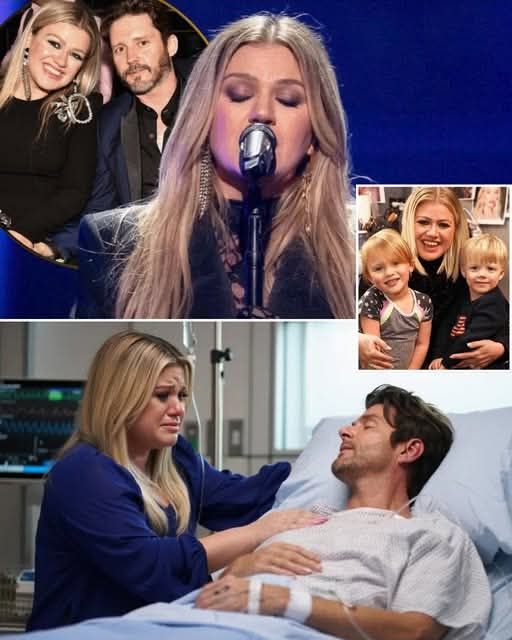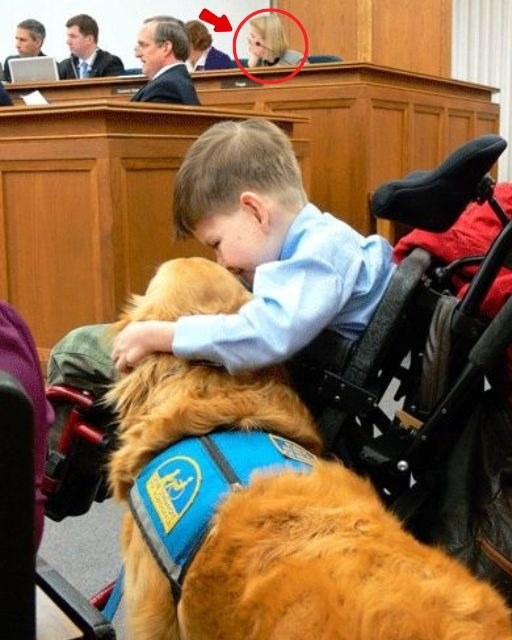New York City woke up to heartbreak this morning after two young girls, just 12 and 13 years old, lost their lives in a devastating incident on the subway. The tragedy unfolded during the morning rush hour, shattering the usual rhythm of one of the world’s busiest transit systems and leaving commuters and first responders shaken.
It happened on the downtown 4 train line near Union Square—a station that sees thousands of passengers pass through every day. Witnesses say the girls were standing near the edge of the platform when chaos erupted. Some heard screams, others said they saw a blur of movement before the train screeched to a halt. Within seconds, panic rippled through the crowd.
“I heard shouting and people waving for the train to stop,” said Erica Lopez, a commuter who was standing nearby. “Then everything went quiet, like everyone realized what had just happened at the same time. It was horrifying.”
Emergency crews arrived within minutes. Police officers, firefighters, and EMTs cleared the platform and tried desperately to save the girls. Despite their best efforts, both were pronounced dead at the scene. Officials confirmed that the victims were close friends who attended the same middle school in Queens. Their names have not been publicly released, pending notification of their families.
Authorities have temporarily shut down service on the affected subway line as the investigation continues. The NYPD Transit Bureau, along with the Metropolitan Transportation Authority (MTA), is reviewing surveillance footage and interviewing witnesses to determine exactly what happened. Early reports suggest that the girls may have accidentally fallen onto the tracks, though officials have not ruled out other possibilities.
“The investigation is ongoing, and we are working closely with the MTA and local authorities to piece together the events that led to this tragedy,” said NYPD spokesperson Sergeant Angela Ruiz during a press briefing. “Our thoughts are with the families of these two young victims. This is an unimaginable loss.”
As news spread, grief and disbelief swept through the city. Parents clutched their children tighter on trains. Teachers at the girls’ school canceled afternoon classes and arranged counseling sessions. “They were bright, kind, and full of life,” said one of their teachers, fighting back tears. “They loved art and music. It’s impossible to think they’re gone.”
Outside the station, a small memorial began to take shape by afternoon. Strangers left flowers, handwritten notes, and candles near the entrance. A woman who had never met the victims left two pink roses. “They were just kids,” she said quietly. “No one should lose their life on their way to school.”
Subway officials have expressed deep sorrow and pledged to review safety measures across the network. “This is a tragic day for New York City,” said MTA Chairman Richard Davey. “The safety of our riders—especially children—remains our top priority. We are cooperating fully with investigators and will take every necessary step to prevent something like this from ever happening again.”
The tragedy has reignited public debate about subway safety, particularly for young commuters who travel alone. Many New Yorkers have long called for improved platform barriers, better signage, and stricter crowd control during rush hours. While platform screen doors—common in other major cities like Seoul and Tokyo—have been discussed, the cost and logistics of retrofitting New York’s century-old subway system have delayed progress.
“This should be a wake-up call,” said transit advocate Maria Delgado. “We can’t wait for another tragedy to make changes. These are children’s lives we’re talking about.”
Psychologists warn that incidents like this can have lasting effects not only on the families involved but also on witnesses and first responders. The city has deployed crisis counselors to the station and to nearby schools. “Grief doesn’t just affect those who knew the victims,” said trauma specialist Dr. Leo Kaufman. “For many commuters, that morning will replay in their minds for a long time.”
Meanwhile, police and medical examiners continue their work. While the investigation remains open, no signs of foul play have been reported. Authorities believe the girls may have been distracted, possibly taking a selfie or leaning too close to the edge while talking. “It only takes a second for something irreversible to happen,” said one investigator. “One misstep, one distraction, and a family’s world changes forever.”
In a city used to noise and motion, the silence following the tragedy has been striking. Subway announcements paused for a moment of remembrance during the evening rush hour. Messages of condolence poured in from city leaders and public figures. Mayor Eric Adams released a statement: “Today, New York grieves the loss of two young lives taken far too soon. Our hearts are with their families, their classmates, and everyone touched by this terrible tragedy. We must come together, support one another, and ensure our public spaces are as safe as they can possibly be.”
By nightfall, the Union Square station had reopened, but the mood remained somber. Commuters moved quietly, avoiding eye contact, stepping carefully near the platform’s edge. MTA employees stood nearby, handing out water bottles and tissues, offering words of reassurance to shaken passengers.
For many, this tragedy hit close to home. Every day, millions of children use New York’s public transportation system to reach school, friends, and activities. “You never think it could be your kid,” said one mother holding her daughter’s hand tightly as they exited the station. “You tell them to be careful, to stay behind the yellow line, but now I’ll never stop worrying.”
At the girls’ school in Queens, classmates gathered to share memories. Some drew pictures; others lit candles in the gymnasium. A counselor reminded them that grief has no timeline—that it’s okay to cry, to talk, or to simply sit in silence. One of the girls’ closest friends left a note that read, “You were both my favorite people. I’ll miss your laughter every day.”
As night settled over the city, the flowers outside Union Square glowed softly in the light of dozens of candles. Passersby stopped to bow their heads or whisper a quiet prayer. A man who had witnessed the aftermath earlier in the day returned, standing still for several minutes before leaving a subway ticket by the flowers. “I didn’t know them,” he said. “But I’ll never forget what I saw. No one should ever have to die that young, that way.”
The MTA confirmed that service will resume normally but with added staff presence for the next several days. “We’re not just fixing the tracks,” said an MTA representative. “We’re taking care of the people who ride them.”
In a city that thrives on speed and noise, this tragedy brought a rare stillness — a collective pause. It reminded millions that beneath the steel and rush of urban life are fragile human moments, vulnerable and fleeting. Two young girls, full of promise, became symbols of that fragility — a painful reminder of how quickly ordinary mornings can turn into heartbreak.
As investigators continue their work and the city mourns, one truth lingers like an echo through the tunnels: every life lost on those tracks is one too many.


